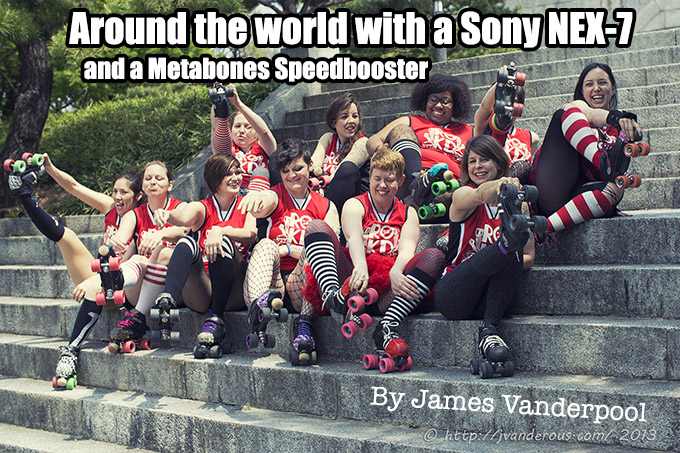
Around the World with the Sony Nex 7 and the Metabones Speedbooster
By James Vanderpool – His website is HERE, his Facebook is HERE
Hello all. I’ve been a fan of Steve’s site for a while, among others. I’ve always liked his real world reviews, and one thing that seems to not have many reviews in terms of photography is the speed booster from Metabones. (The vanilla way to get full frame in mirrorless!) I got the Nex 7 in about July of last year and had been using it almost weekly on photo trips. Though I was mostly pleased with the camera, there were a few things I was unhappy with like the low light performance and APS-C cropping of my all manual full frame lenses. When this adapter came out, I was extremely excited and purchased it almost immediately. Some things turned out like I expected, but there were a few surprises.
The very first time I used this adapter was shooting an event for a Roller Derby team. The adapter really came in handy that day, because the scrimmage was indoors and light was fading fast. I was able to get shots at much lower ISOs than I thought possible.
50 1.4 1/125 250
–
50 1.4 1/125 640
–
50 1.4 1/125 500
One thing that did surprise me was the focusing. When I first got my adapter it couldn’t focus any lenses to infinity. Though I had read it about it online in EOS HD’s preview of the Metabones adapter, I hadn’t thought it would make it to the final product. This was really annoying, actually, as the farthest away I could focus was about 15 feet! (Which is why I’m almost stepping in on the action in all of my shots there, haha.)
The next day, I had the opportunity to be an assistant on a portrait shoot for the Derby team. The adapter really felt better suited for this sort of work. I could get in real close to get some amazing shots, and it worked wonders for isolating the subjects. You can see in two of my shots below that I also appreciated the extra space it gave me over a standard APS-C adapter.
50 1.4 1/4000 250
–
50 1.4 1/2000 100
–
50 1.4 1/1000 100
–
50 1.4 1/500 100
It took me a while to figure out how to properly adjust my adapter. To fix it: I had to 1) find tiny screwdrivers, 2) guess and test. Both steps took a few days, but number 2 was particularly difficult. The biggest problem was remembering that there wouldn’t be as much detail in landscapes (my testing method) as there would be in the standard adapter. When I remembered this, I checked my 35-70 zoom at 35mm with the standard adapter against my 50mm with the Metabones. They matched up, mostly. Since I don’t want to take up all Steve’s storage space, I won’t show all the photos I took but there are a few good examples of low light, landscapes, and street you should see. (Demonstrating speed, wide-angle, and ability to focus in an unstaged environment.)
50 1.4 1/80 200
–
50 1.4 1/4000 200
–
50 1.4 1/640 100
–
35-70 3.4 1/320 100
–
35-70 3.4 1/500 400
–
35-70 3.4 1/400 100
The next place I went to in my travels was Shanghai. Truthfully, I was only there for a 24 hour layover. But when I got an offer I proffered my wallet and went on a tour. (When was I going to be in Shanghai again?) I only took along my 50 1.4 for this trip. No tripods, no wider angled lenses. I had a lot of landscape shots, and a few street. I spent the most time (about two hours) in the Shanghai Pearl. When I got to the top I really wished for my tripod, but so it goes. Make do.
50 1.4 1/800 200
–
50 1.4 1/400 200
–
50 1.4 1/80 200
–
50 1.4 1/640 100
I was able to stay in San Francisco for quite a while after I got back on account on free-living space. It is, to my mind, the perfect city for photography. You can walk anywhere and everywhere is beautiful, has character, and is full of history. I wish I could live there and photograph forever, but alas, it’s a pretty big investment to live there with no job already lined up. I’ll have to content myself with images for now and plan to visit again in the future.
50 1.4 1/250 100
–
50 1.4 1/4000 100
–
50 1.4 1/250 400
–
50 1.4 1/200 400
–
50 1.4 1/1000 100
–
50 1.4 1/2000 100
So by now you’ve seen the ISO, the shutter speed, and the lenses I use. I tried to keep ISO below 200 when possible, but I also tend to use my camera on shutter priority when not shooting landscapes. Before I get a bit deeper into the pros and cons of this adapter, I wanted to be sure you saw the pictures I shot with it. Though I may not be as talented as some of the posters on this site, I’d like to offer these as proof that yes, the Metabones does give your APS-C camera most of the characteristics of a full frame. Yes, you can take good pictures.
Now, for you detail oriented types.
Ergonomics
You know what my second favorite thing about this adapter’s ergonomics is? It’s small. With my 50 1.4 on the Nex 7, it’s barely larger than the 24 1.8 E-mount I started with. Considering that A) it gives a full frame field of view, and that B) on the Metabones adapter, it’s effectively f/1 in terms of light gathering (but not depth of field!) that is quite an incredible feat. Even my 35-70 3.4 is APS-C sized when you consider that it’s about an 24-50 f2.3 equivalent. Eat your heart out Sigma! (Only 17.6 oz, compared to the Sigma 18-35’s 28.8.)
My favorite thing about this adapter’s ergonomics is the tripod mount on the adapter. It is incredibly sturdy, so you can mount other accessories on an accessory. Madness! My personal favorite is my L-bracket from Really Right Stuff. Why not just mount it on the camera? Well, unless you have really expensive tripods you will always have a bit of drop between when you lock the camera into place on the tripod and when you let it go to take the pictures. This is especially a problem using the Nex 7 with my Contax lenses, as they’re often heavier than the camera. (I suppose with light enough lenses that wouldn’t be a problem, but then you wouldn’t be considering this article would you?) By attaching the camera to the tripod at the adapter instead of the camera, you change the center of gravity and make focusing much easier.
What bugs me, ergonomics-wise? Well, I can’t put my camera in the bag with the L-bracket attached. Time to bust out the Alan wrench!
Resolution
Now for the details! If you read the white paper, or the lens rentals blog post about the adapter you’ll know that resolution is better in the center with pretty much any lens. Also with any lens, it’s worse in the corners. Well, how bad? Have you noticed it?
At lower apertures, I wouldn’t focus anywhere near infinity. I’ve had a few photos I had to throw away because the corners were bad enough to distract from the image. However, this problem mostly clears itself up at higher apertures. Not entirely, but I don’t think you noticed and I certainly wouldn’t be afraid to print large. Here’s one last picture of San Francisco, followed by a ~90% crop at f/8.
50 1.4 1/640 100
So, if you’re worried about corner softness just remember this: it’s only a few blades of grass.
Focusing
After the initial troubles with infinity, I found this was easier to focus on my Nex 7 than the standard Novoflex adapter due to the increased control over depth of field. In generous light, I don’t even need to use focus magnification to get critical focus. When the light isn’t so generous (admittedly 80% of the time) I still need to use focus magnification, but it’s a quicker process of getting in range before I activate my focus magnification function.
That being said, this will not make it easy to focus on fast-moving subjects like athletes, or even subjects just moving at street speed. It takes time, practice, and in the case of sports hundreds of exposures. (With the 50 1.4. My 100-300 4.5-5.6 was much easier to focus, but that is telephoto lenses, smaller apertures, and an APS-C depth of field.) Even though this allows you to use film lenses with most of their functions intact from 35mm it will not replace a split prism or rangefinder focusing system, let alone pro level phase detection autofocus. (For pro phase detect, think Canon 1 DX/C.)
Compatibility
My one true disappointment with this adapter was that it wasn’t compatible with all of my Contax lenses. My 100-300 4.5-5.6, a beautiful (if massive) lens had stabilizing metal flanges coming from the lens mount. Due to the glass elements of the Metabones adapter, this was impossible to mount. Other large lenses might run into the same problems.
Protection
Those same lens elements that stop me from mounting my 100-300 lens also protect my sensor from harm. A silver lining, indeed.
Well, in a little over 1500 words now I’ve told you everything I know how to tell you about my adapter, and a little bit about the travels I took it through. Feel free to ask me any questions about the adapter I didn’t already think to answer, or give me comments or criticism about some of my photos. I’m still learning.
Thanks for reading, and I hope you enjoyed the article!

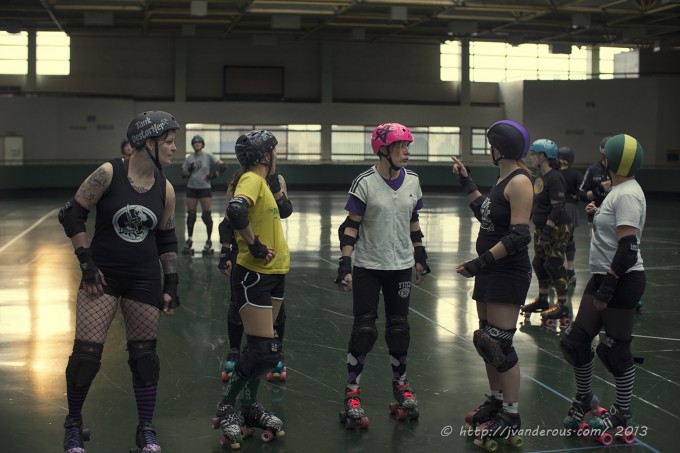
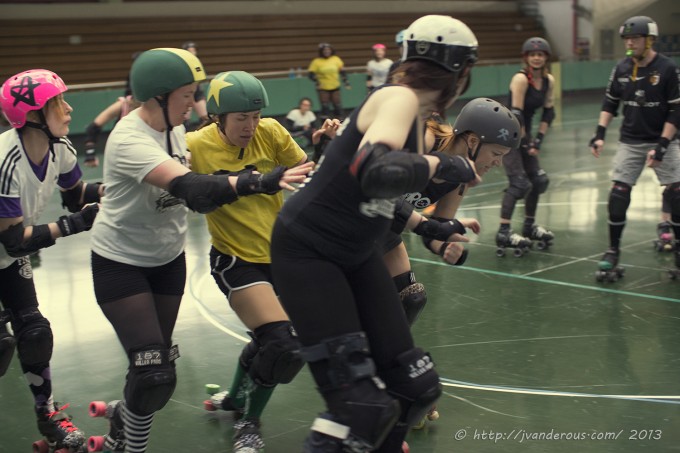
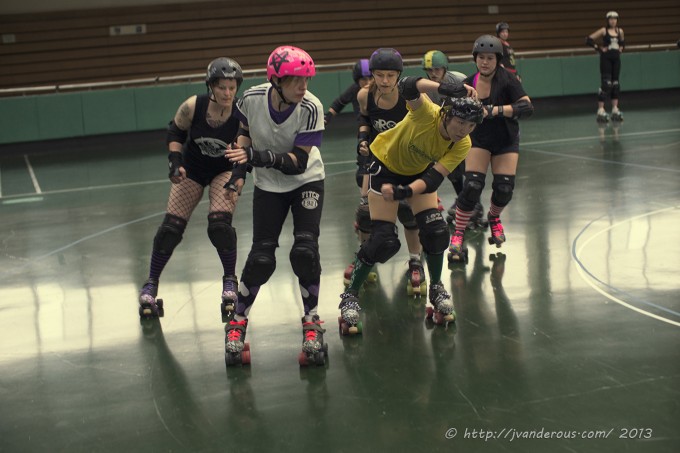
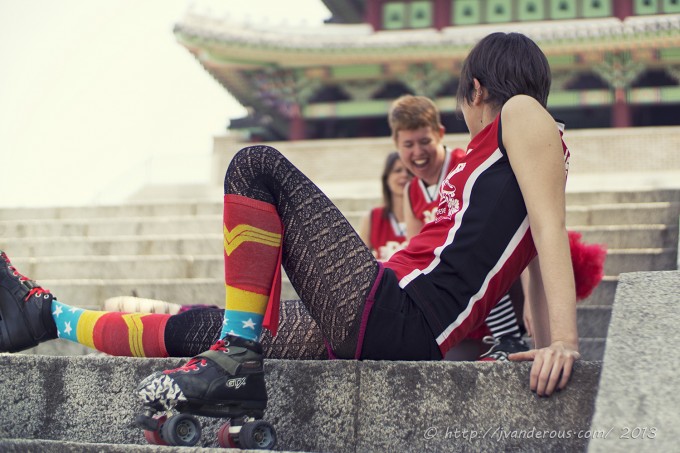
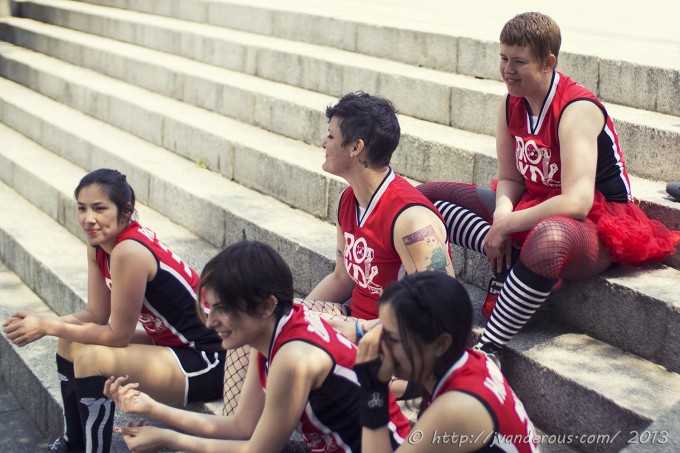
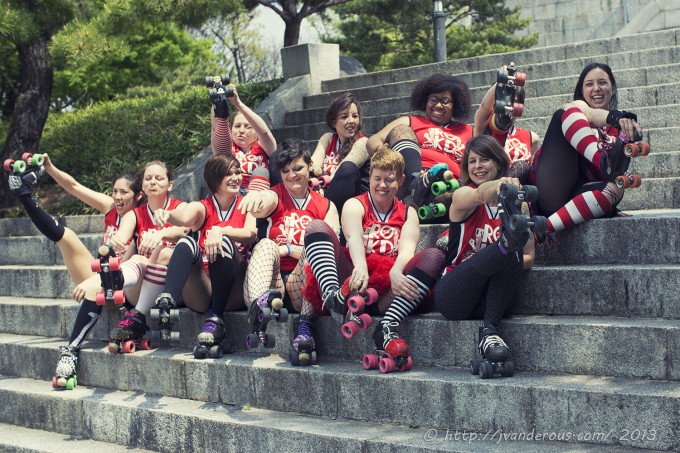
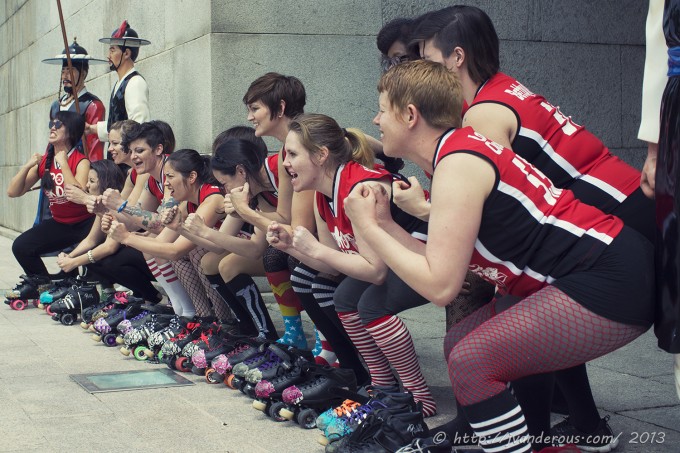
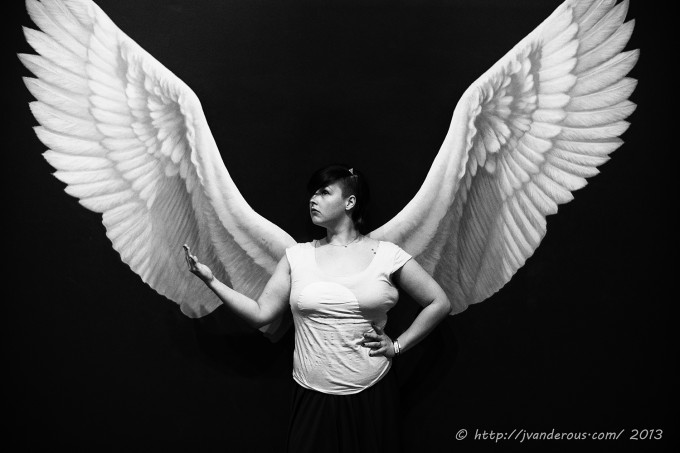
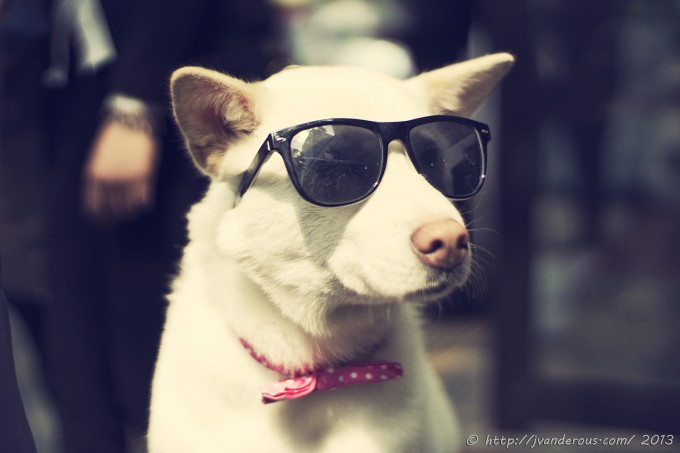
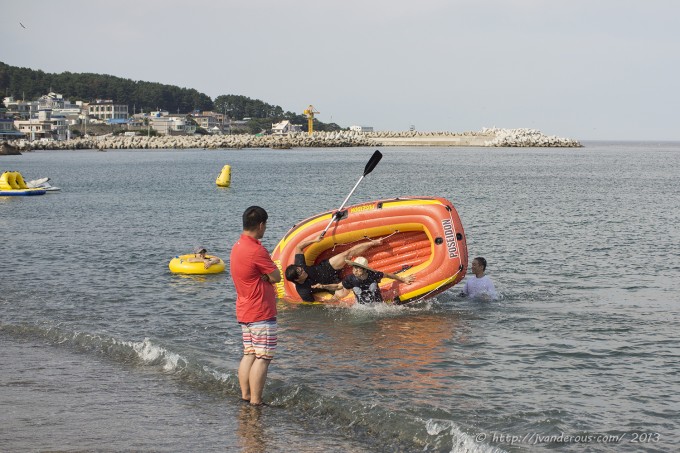
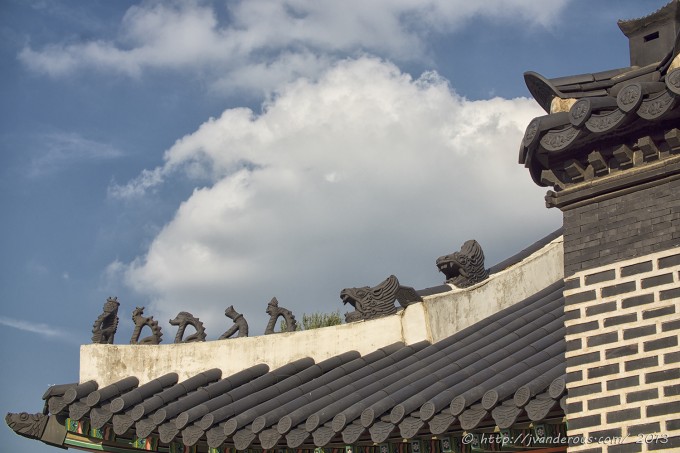
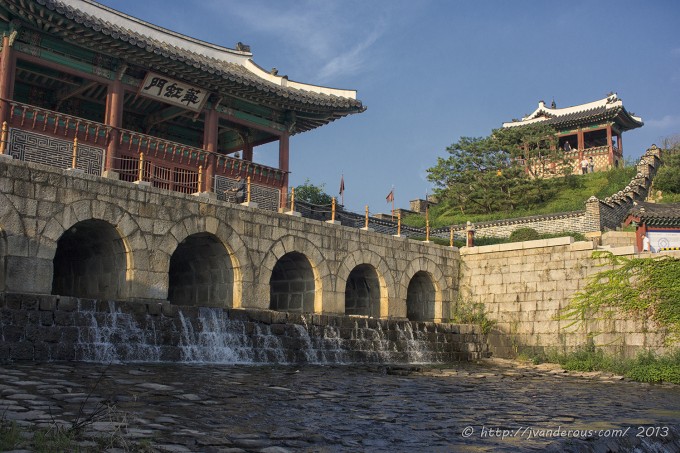
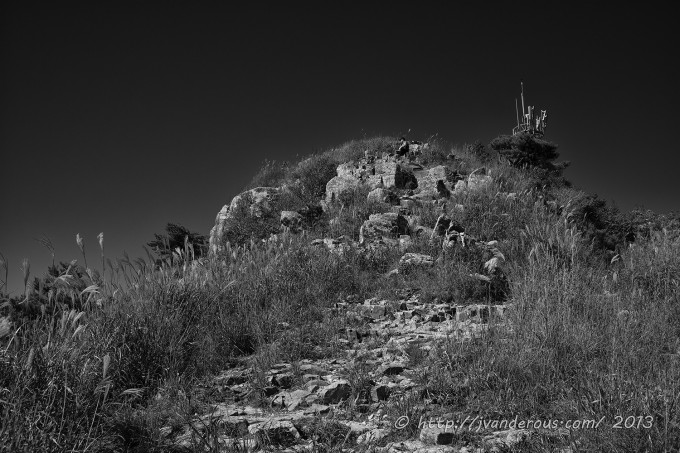
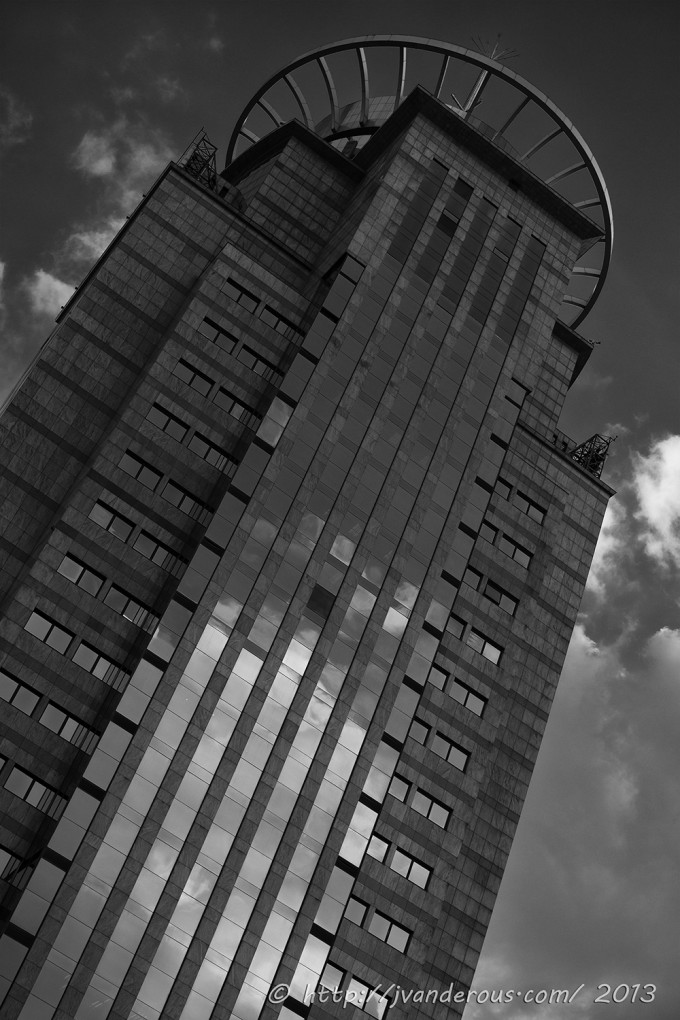
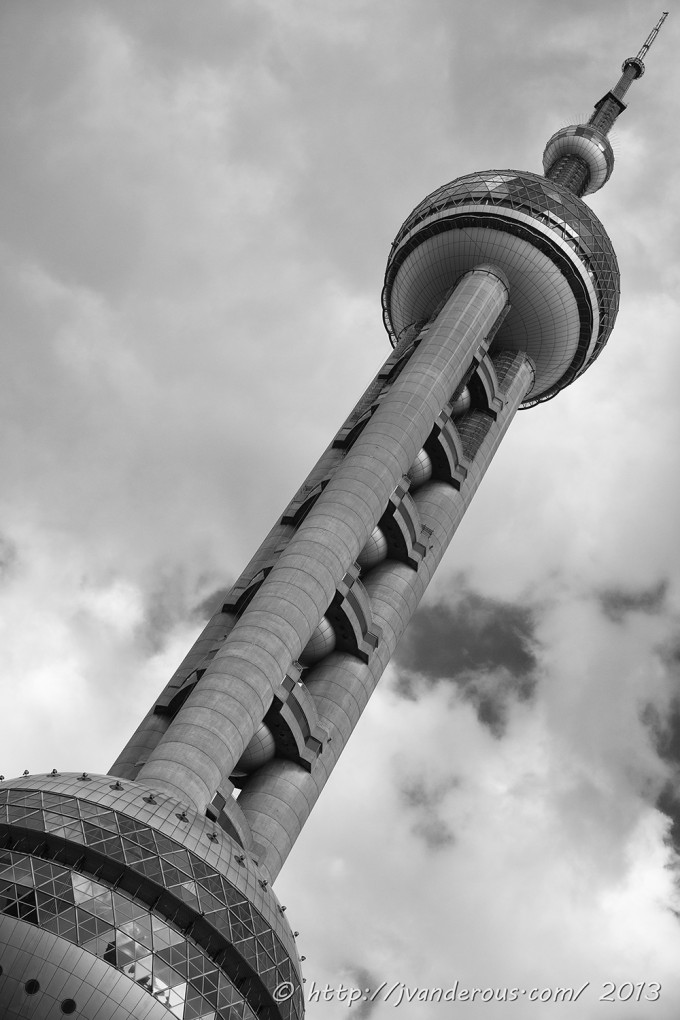
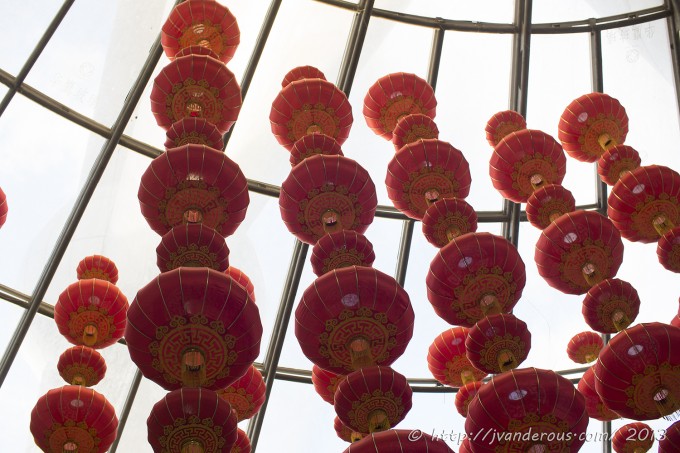
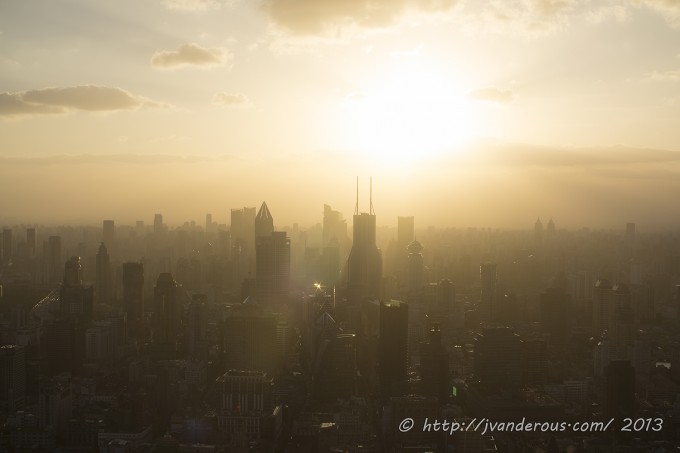
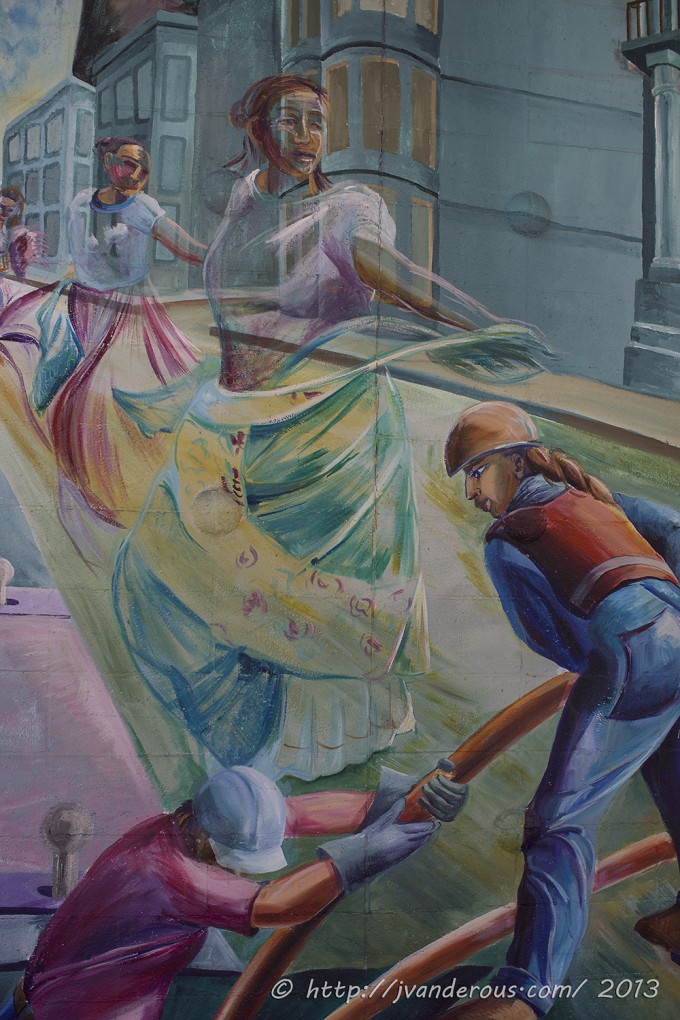
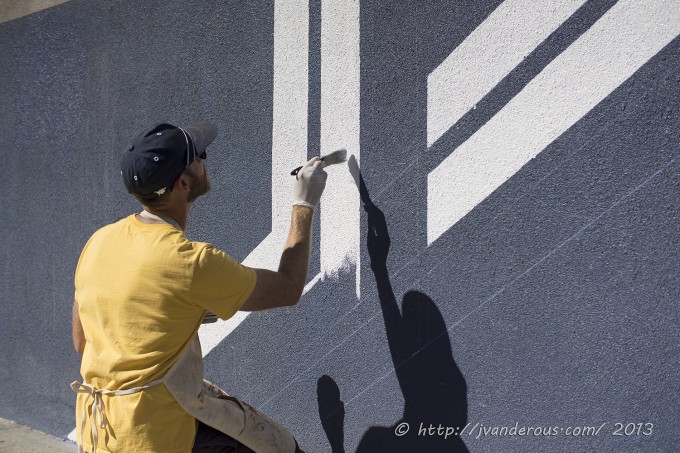
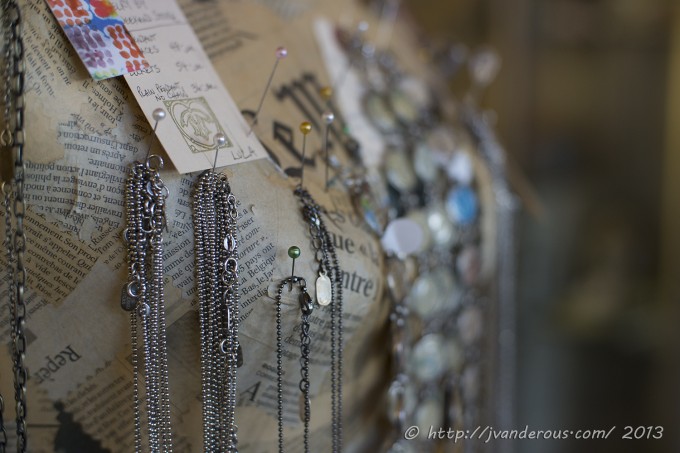
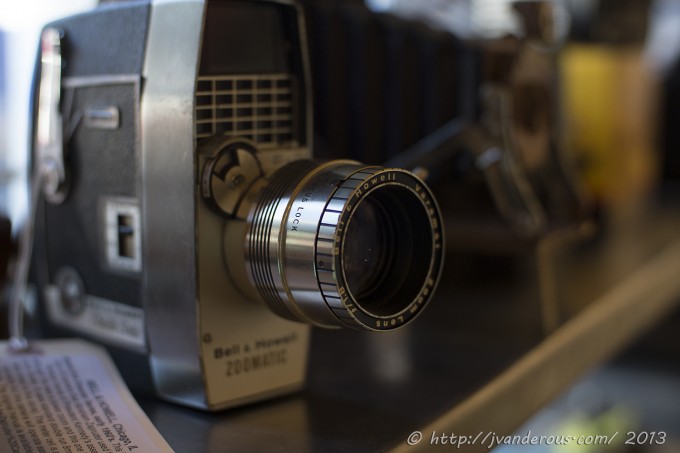
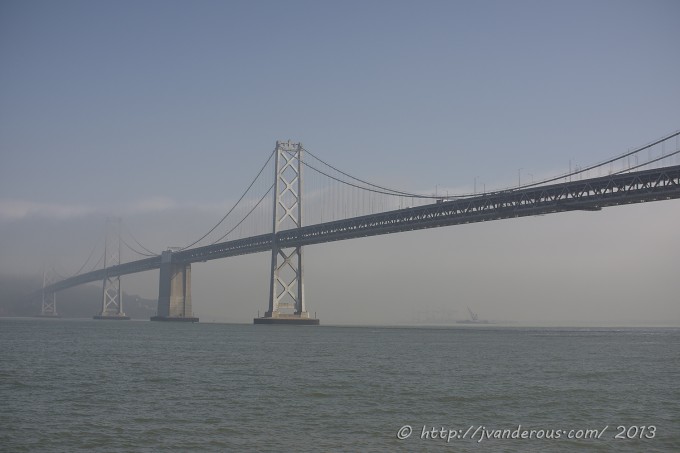
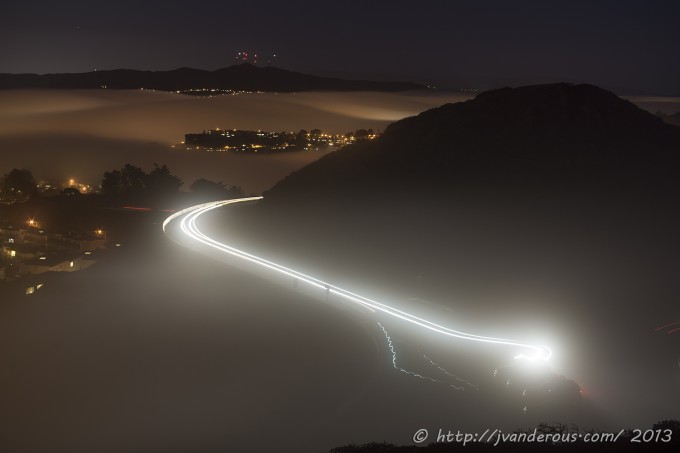
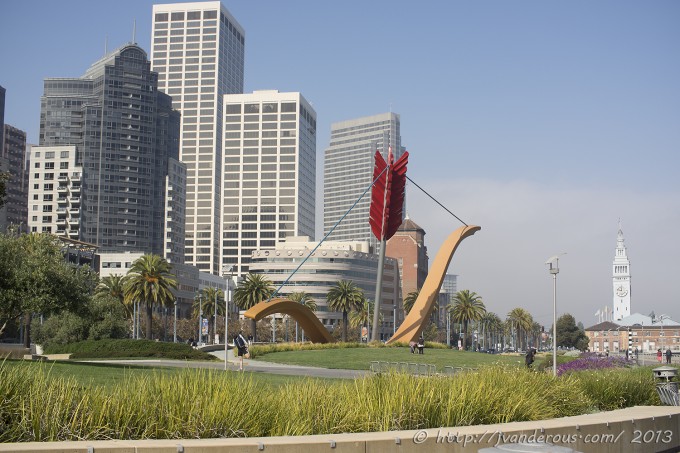



I also have the speed-booster for C/Y mount. it has no AF so i cannot tell anything about that. I use two Yashica ML lenses – 28mm F2.8 & 50mm F1.7. Both are great.
I agree with most of the article/ review and I’d like to add a few remraks:
1. The adapter is well built but its is heavy !
2. I also had to tune it so it will focus to infinity. It takes 10-15 minutes to do it right, but it’s annoying.
3. At first it was hard to attach and detach the lenses. I had to loosen the springs and now it works fine.
4. Sharpness in the center is great ! even better than the performance without the adapter.
Sharpness in the edges is less good, but still reasonable IMHO.
5. There is a slight change in color rendering towards yellow. Not something i’d call a problem.
6. Areas that are not in focus don’t always look good. This happens only with the 28mm, not with the 50mm.
7. I don’t feel like my NEX7 is a FF camera now, but I do enjoy the fast aperature 🙂
My Conclusion:
It is an expensive adapter with unique capability. But it needs adjustment, and therefore it is not for everyone. The sharpness is great, but areas out of focus sometimes look bad.
I guess it’s abit of a gamble. Some lenses work great with the Metabones and others not so much.
So what are you talking about? A Speedbooster for Contax? For Canon EF? Which lens are you talking about? There are a zillion 50/1.4… And corners are bad at infinity with the lens at “lower apertures”? Do mean the lens wide open, small F-stop numbers? But you took all pictures at F1.4 – regarding the titles of your pictures. I find your article highly confusing. And what was that issue with focussing at the beginning? If you mention web links, it would be great to share them, too. You really should rework this article…
As I said in the previous comment, I used the Contax adapter. Optically, all speedboosters are pretty much the same (barring sample variation) save the new ones for the black magic cameras). The only difference is in flange distance. And of course, price. The Canon adapter will be 200 more, but all results point to autofocus being completely useless on those models.
As far as apertures: lower = lower numbers, like f1, 1.4, etc; higher = f16, f22, etc; wider = lower numbers again; narrower = higher numbers again.
As for the information before each picture, it only corresponds to the lens used. For example, the Contax 50 1.4 or the 35-70 3.4 constant zoom. As the aperture used during the shot isn’t recorded in the exif data, it would take memory reserves that I simply don’t have to remember the apertures used during each shot. This is something you would know if you have ever used manual lenses on a Nex camera, but if this is your first time ever hearing about it I apologize for not clarifying. I didn’t think anyone would really be interested in this review if you didn’t already have manual lenses.
Thanks for your answer. Let me point out, that I’m photographing for almost 30 years now, so I’m pretty familiar with the system of apertures and F numbers, but not with your way to describe it. And youe are right, I’ve never shot with manual lenses on a NEX. I’m shooting with manual lenses on a Alpha 7. And of course it does not record the used f-stop, that’s up to the photographer. I do it mostly. If I would write a review, I would definitely do it. One thing, which is highly interesting, is the performance of the camera-adapter-lens combo when the aperture is wide open. So this is unfortunately something, your review gives no information about. That adapter and lenses work stopped down to F8 is trivia. So the article is more like a pictured travel book, than a review with some useful and technical information.
There are definitely examples of large aperture shots. For example, the picture of the dog that is also in my profile. The shots from the antique shop. The one of the girl with angel wings is also a large aperture, although I can’t tell you how large off the top of my head.
I already explained why I didn’t post large aperture shots at infinity: you’re going to be disappointed. Which is what you get from pretty much every source on the net that talks about this adapter and corners.
Thanks for all the compliments! I’m sorry if you thought it was a Canon. Using the ctrl + F function I couldn’t find any mention of it in this article. As for AF, I have no idea.
As for a color bias, the only shots where I monkeyed around with color were the shots with the derby team. As you can see, they all have such colorful uniforms, but the natural lighting those days (too dim, and then too bright) made them all look flat. Everything else is either black and white or natural color.
Well, read what you’ve written. You don’t specify, which lenses and which adapter you are talking about. At the very end, you mention Contax. But before you are talking about a 50/1.4 and you twice link it to the B&H page with the Canon EF 50/1.4. You call it a review, but you don’t say, what you are trying to review…
And sadly your pictures, due to their small dimensions, don’t allow to judge the quality. Perhaps – like with other reviews – it’s a good idea to show a 100% crop every here and then. At the end, you promise a 90% crop (really? 90%? What a weird idea…), but you don’t show it.
Sorry, I used the Contax adapter. Optically, they’re all exactly the same if I remember correctly. The only thing that changes is the flange distance, so the differences between adapters won’t affect image performance. The only difference between adapters is that with the Canon adapter you can stack adapters. (So you can put a Canon to Contax adapter on top of your Nex to Canon speedbooster, for example.)
As for the 100% crop, I checked my e-mail and it was sent to Steve, but for some reason he forgot to upload it to the review. As you can no doubt see, he gets a lot of e-mails from article submissions alone, not to mention reader questions. I certainly didn’t help, as I had to send my pictures over three e-mails due to data constraints. Here’s a link to a Flikr hosted 100% crop: http://www.flickr.com/photos/83999180@N02/11366306865/
If you’d like to judge better sized pictures, my blog has 3000 x 2000 images. You can find most of these pictures in the blog already, but it won’t be
Steve, you seem to have forgotten to approve this comment. Just leaving a note in case it was only one notification you got and you forgot. Apologies if you didn’t approve it yet for some other reason.
Thank you for sharing your photos and travels. Nice photos, and much better than the samples I’ve seen from the Mitakon Lens Turbo, which sometimes look like they were taken through the end of a coke bottle, the corners so smeared. The Twin Peaks photo is gorgeous, but might have a typo on shutter speed (1/2000 at ISO 100 for light snake?).
The shots are good, but the yellowish bias in the color images is a bit distracting.
Realy cool. Love the night photo light snake and the bridge!!
PS. Nice pics, thank you for sharing. I am also impressed with those adapters!
Fantastic photos, thanks for sharing.
Was this the Canon speedbooster that you’ve used? If so, how was the AF, usable at all?
“…it wasn’t compatible with all of my Contax lenses.”
Read before asking questions
That has nothing whatsoever to do with his question! Read questions before writing curt answers! 😉
The question was – “Was this the Canon speedbooster that you’ve used?”
The answer given is that this was the Contax Speedbooster. Each Speedbooster only works with one (1) lens mount type.
Know what you are talking about before responding to my response 😉
Well one of your links did point to the Canon 50/1.4 lens
I have a NEX 7 and a speedbooster, I find it slow to auto focus. Roughly it takes about 3-4 seconds to find focus. It is faster than the viltrox EF-E AF adapter I have and the Contax G AF adapter can be about the same as the speedbooster but sometimes faster.